The Bus Rapid Transit (BRT) project in Kenya has faced significant delays and challenges, despite initial promising plans and secured funding.
The project, particularly the Thika Road BRT, was intended to transform Nairobi’s public transport system by creating dedicated lanes and modern infrastructure for buses.
However, years later, the ambitious vision remains unfulfilled.Public Works PS Charles Hinga initially announced the project with great enthusiasm.
He assured Kenyans that the budget was secured and construction would start soon.
By 2019, several bus stations and a depot at Kasarani were under construction.
However, the project soon stalled due to budget cuts brought on by the COVID-19 pandemic.
The contractor abandoned the site due to insufficient funds, leading to incomplete infrastructure along the Thika Super Highway.
Recent discussions between Hinga and former Transport CS Kipchumba Murkomen indicated that some budget has been secured to restart construction.
Plans to incorporate electric buses as part of the initiative towards a green economy have also been put forward.
Yet, the tangible progress on the ground remains minimal.
However, progress has been painfully slow, and the project has been criticized for its delays and lack of visible results.
Many Kenyans are left wondering how PS Charles Hinga bungled the BRT idea so drastically.
Kenya took out loans, timelines were given, but years later, there is no project on the ground to show for it.
The situation was further complicated when President William Ruto disbanded his cabinet due to pressure from Gen Z, resulting in Murkomen’s departure.
This political upheaval has added another layer of uncertainty to the future of the BRT project.
The BRT initiative was seen as a crucial step towards modernizing Nairobi’s public transport, alleviating traffic congestion, and promoting sustainable urban mobility.
Despite these goals, the project has faced numerous obstacles, including financial constraints, administrative changes, and logistical challenges.
The government’s inability to deliver on the BRT project has raised questions about its commitment to improving public transportation.
PS Hinga’s promises now seem like empty rhetoric, with Kenyans growing increasingly frustrated by the lack of progress and accountability.
The missed deadlines and unmet promises highlight deeper issues within the planning and execution phases of the project.
The successful implementation of the BRT system could significantly improve public transportation in Nairobi, offering a more efficient and environmentally friendly alternative to the current system.
However, without decisive action and transparent communication, the BRT project risks becoming yet another failed promise in Kenya’s development history and also another corruption zone for the same.







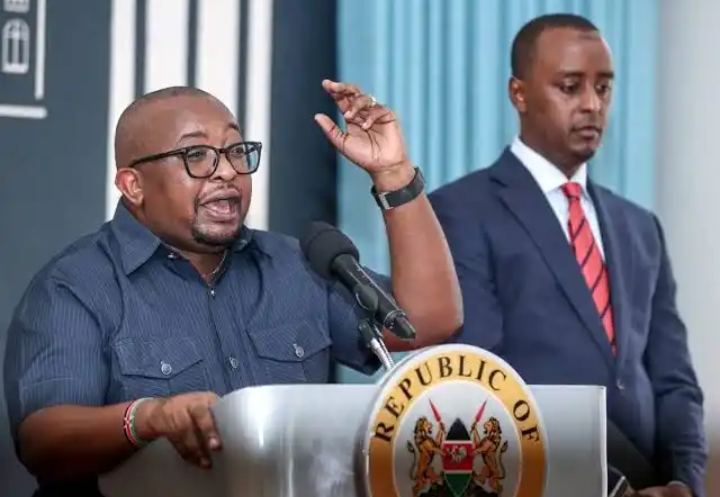






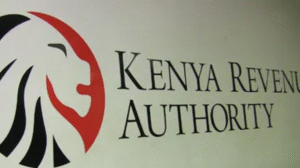
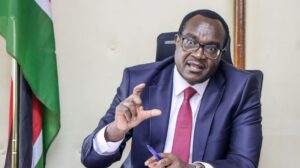


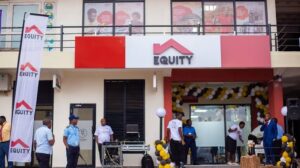

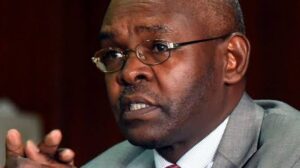
Add Comment